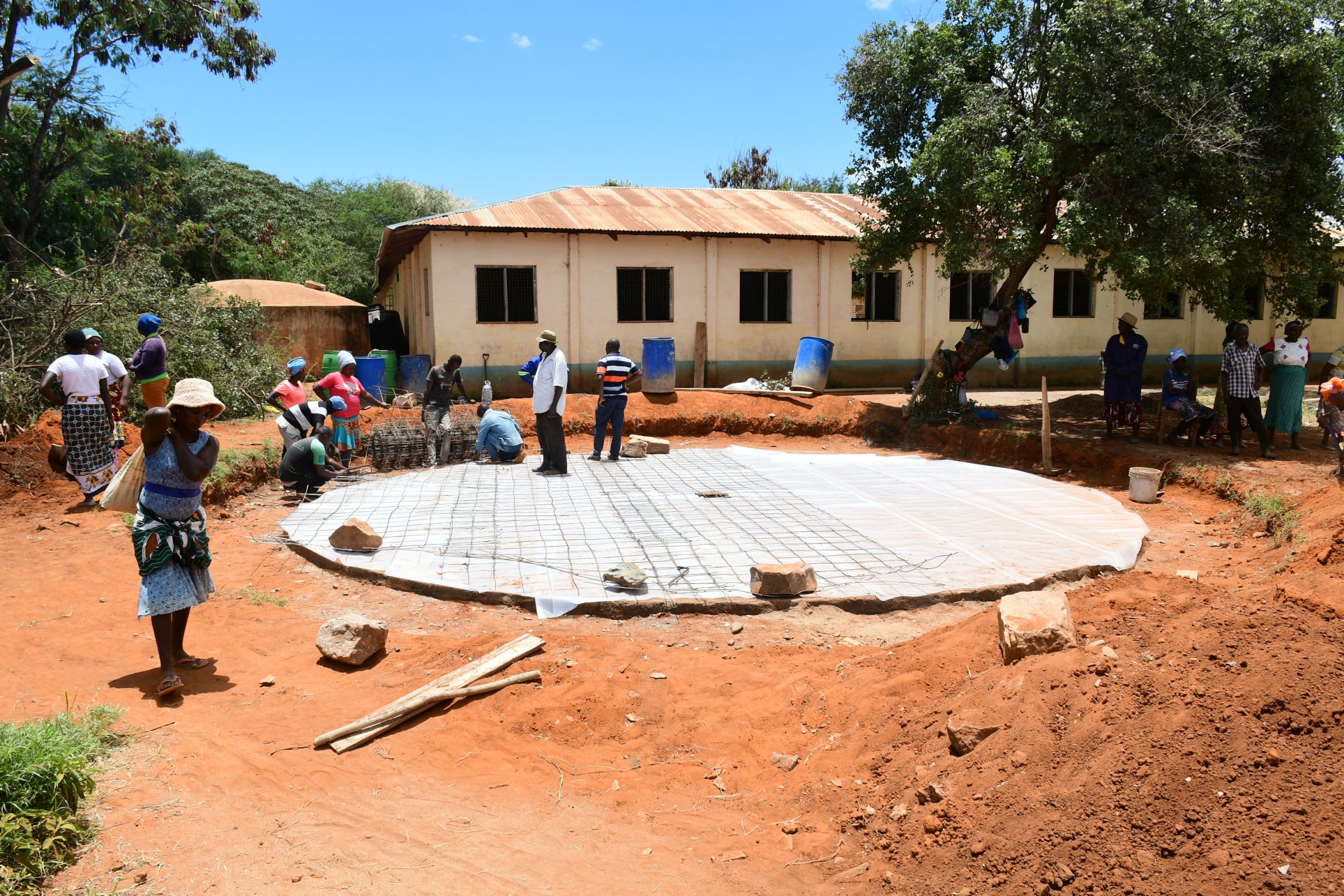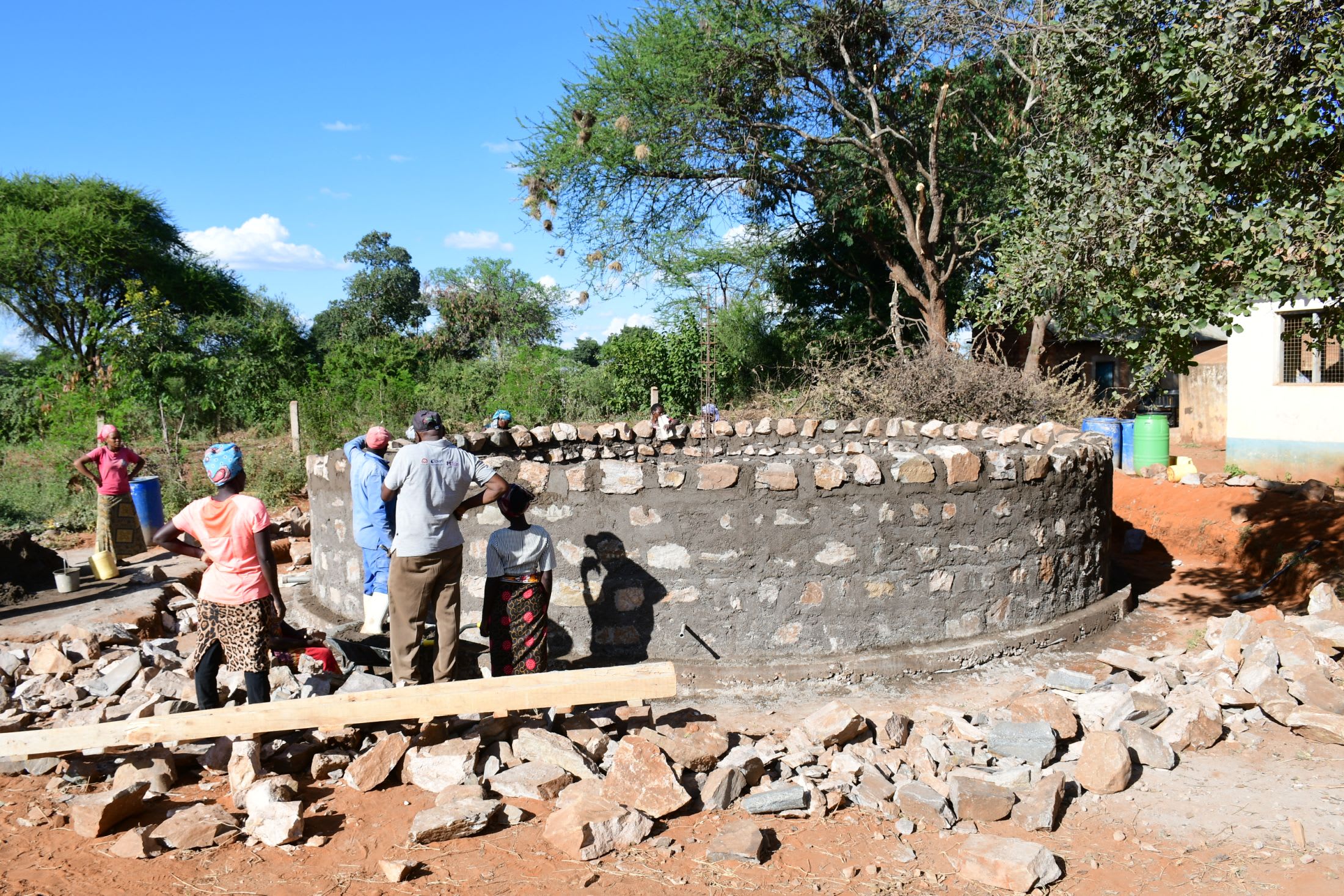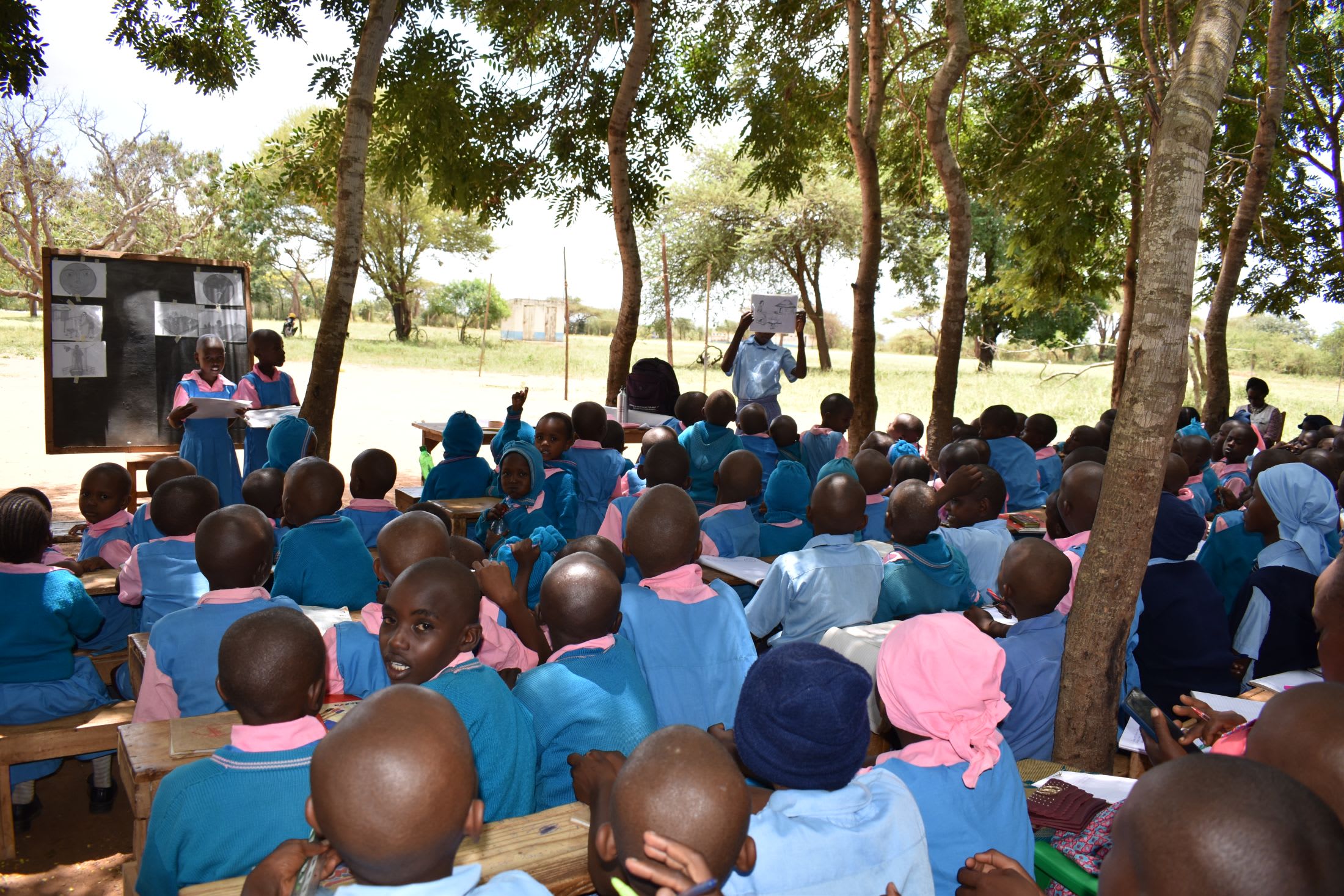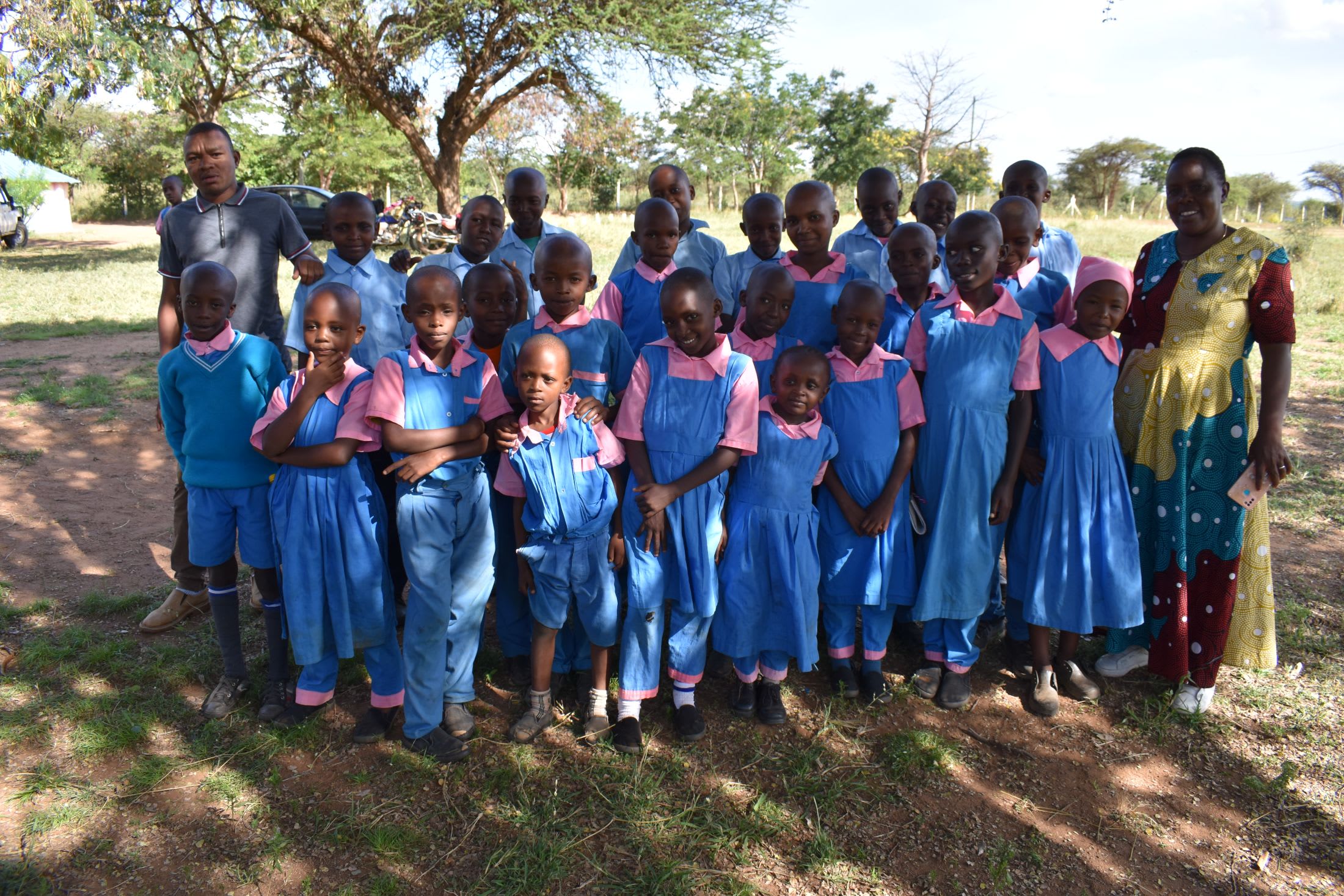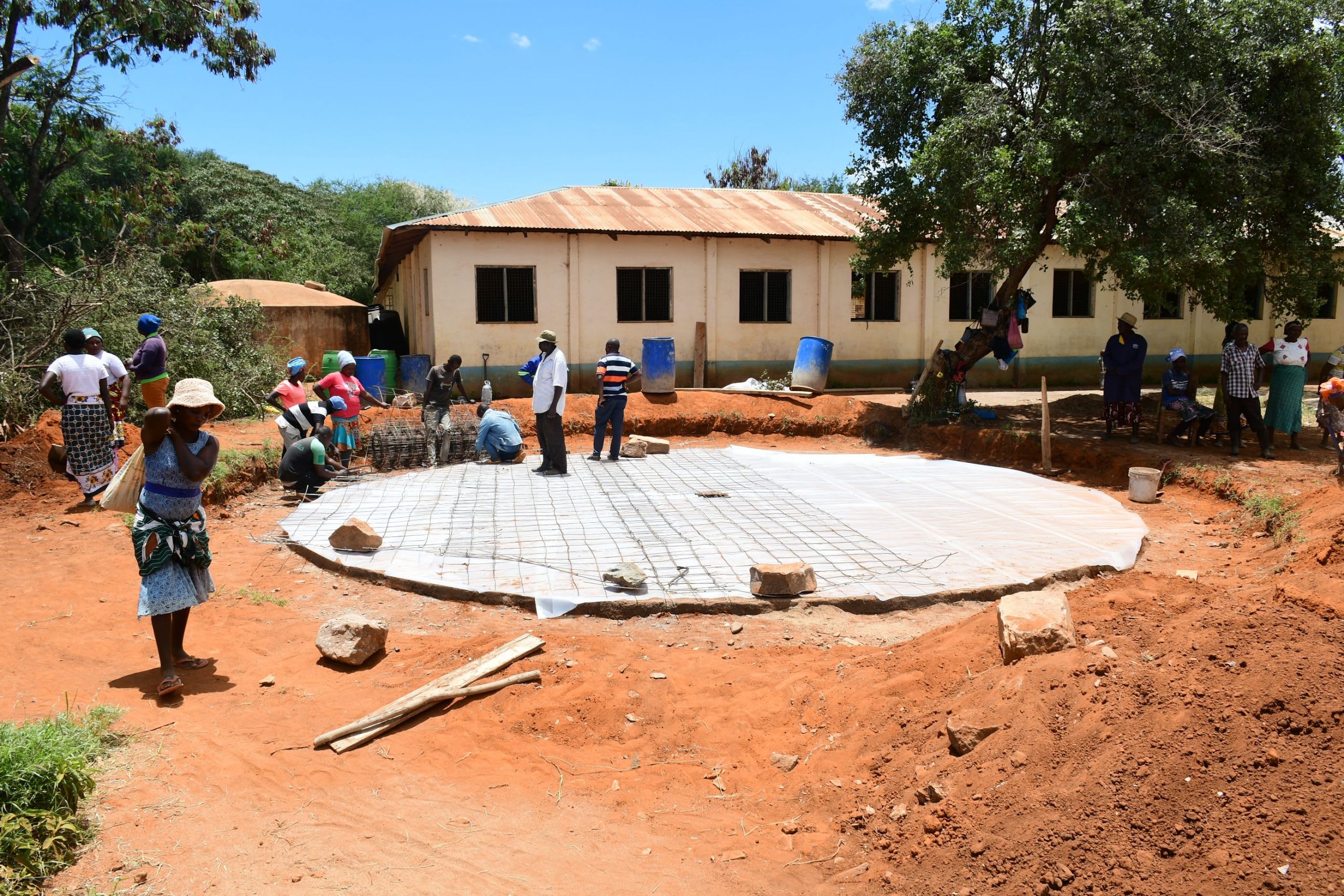The 264 students of Kasanga Primary School struggle to access sufficient water. With no water source at the school, students are forced to carry water from home. That means children as young as six are lugging heavy jerrycans, some weighing up to forty pounds. To make matters worse, the water they manage to collect from scoop holes near their homes often makes them ill, taking away even more precious classroom time.

Field Officer Alex Koech paints a challenging picture of the water crisis. "The pupils have to carry water from home every morning, which causes lateness and absenteeism when there is no water. They are often too exhausted from the long journey to focus on their studies, which has led to dismal academic performance. The school has not been able to set up a feeding program because water is scarce, and pupils are forced to carry packed lunch from home. However, not all pupils can carry food from home and stay hungry all day."

"The lack of water in the school has made agriculture studies difficult, and hygiene has plummeted. Construction of more facilities, like classrooms, is arduous because of water scarcity. The available water in the school is also contaminated because it is untreated, and pupils store water in unclean jerrycans; this has led to several instances of water-related infections like typhoid, amoeba, and diarrhea," Alex continued.
Teacher Peter Kimanzi, 50, seen below teaching, endures the struggle alongside his students. He said, "Our pupils find it difficult to achieve better grades because of thirst. I also find it hard to teach because of the lack of water to drink, and sometimes, we ignore the afternoon classes or cut them short. Most of our pupils are also late because they must carry water to school each morning over long distances. We also have compulsory agriculture projects in the school according to the current curriculum enrolled by the Kenyan Ministry of Education; thus, we have to pay for more water using the little available funds."

A student, Grace N, 13, spoke for herself and her classmates. She shared, "Although we are requested to carry water from home every day, it is not sufficient for all activities in the school. Therefore, I have to bear with thirst during peak drought periods when [there is] no water in the school. It is also difficult to have [a] green environment due to the scant water available. Our latrines have a foul smell because we only clean them once per week. Classrooms are often dusty because we only clean them once per term during the closing day."

A sign in their classroom says, "Success is a commitment, not a wish." Without easy access to water they can trust, students like Grace (seen above) won't be able to commit to succeeding in their educations because their current water crisis is all-consuming.
Installing the 104,000-liter rainwater catchment tank and gutter system will enable teachers like Peter to no longer struggle to finish a day's lessons due to his and his students' unquenched thirst. The school can start a lunch program, so students won't be required to bring water or lunch from home. When students are well-nourished, and their thirst is quenched, they can regain crucial learning time that is now lost to the water crisis. Easy access to safe water will empower the students of Kasanga Primary School to dream of a bright future.
Water at schools is unique, which is why we need unique solutions.
The Proposed Solution, Determined Together...
At The Water Project, everyone has a part in conversations and solutions. We operate in transparency, believing it benefits everyone. We expect reliability from one another as well as our water solutions. Everyone involved makes this possible through hard work and dedication.
In a joint discovery process, community members determine their most advantageous water solution alongside our technical experts. Read more specifics about this solution on the What We're Building tab of this project page. Then, community members lend their support by collecting needed construction materials (sometimes for months ahead of time!), providing labor alongside our artisans, sheltering and feeding the builders, and supplying additional resources.
Water Access for Everyone
This water project is one piece in a large puzzle. In Kenya, Sierra Leone, and Uganda, we're working toward complete coverage of reliable, maintained water sources that guarantee public access now and in the future within a 30-minute round trip for each community, household, school, and health center. One day, we hope to report that this has been achieved!
Training on Health, Hygiene & More
With the community's input, we've identified topics where training will increase positive health outcomes at personal, household, and community levels. We'll coordinate with them to find the best training date. Some examples of what we train communities on are:
- Improved hygiene, health, and sanitation habits
- Safe water handling, storage & treatment
- Disease prevention and proper handwashing
- Income-generation
- Community leadership, governance, & election of a water committee
- Operation and maintenance of the water point
Handwashing Stations
Alongside each water source in Southeast Kenya schools, we also provide three new handwashing stations fitted with three taps each, allowing nine students to wash their hands at once. These will allow everyone at the school to wash their hands without running water. Handwashing is so important to help prevent future water-related illnesses in the school community.
The student health club will maintain the stations, fill them with water, and supply them with soap (which we will teach the school community how to make during the training!).

 Rainwater Catchment
Rainwater Catchment
 Rehabilitation Project
Rehabilitation Project












